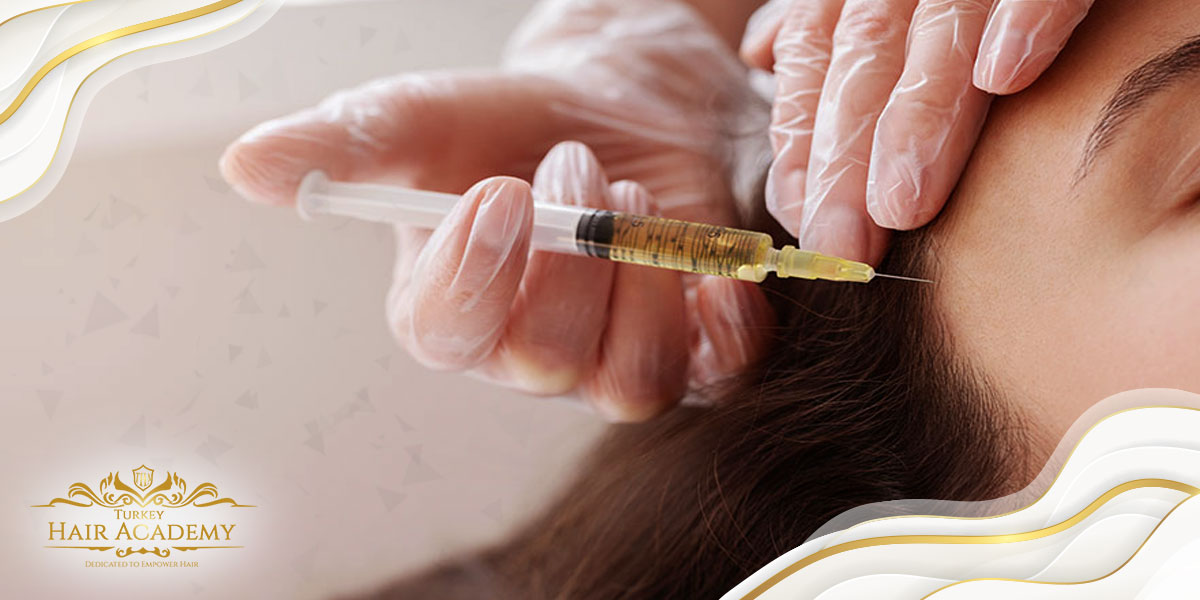PRP, which stands for platelet rich plasma, is a substance believed to promote healing when injected into the body. Plasma is a component of blood that promotes clotting and contains proteins.

What is PRP?
How to Use the PRP Method for Hair Loss?
The most common form of baldness in all people is the so-called androgenic alopecia. It is caused by hereditary androgenic influence on the hair follicles; women with androgenic alopecia are more prone to hair loss. In addition, complete hair loss rarely occurs in women. In men, hair loss occurs mainly in the 30s. The technique of infusing PRP into the scalp is utilized to accelerate hair development and prevent hair loss. The PRP strategy is additionally utilized in the treatment of androgenic alopecia, also called male pattern baldness. According to this method, foundation microorganisms and development factors from platelets cause hair to develop again.
What are the Benefits of PRP Injections?
The PRP technique applied to the hair follicles can reestablish the hair to its unique estimate and lessen balding. Therefore, PRP treatment is particularly viable for ladies and youngsters who are simply seeing that their hair is diminishing.
Sometimes, the hair follicles are influenced by the invulnerable framework and going bald happens. For this situation, the PRP treatment can likewise be utilized effectively. Then again, the PRP strategy isn’t successful enough for going bald because of chemotherapy or radiotherapy.
When does Recovery Occur After PRP?
Hair loss recedes within 2 to 3 weeks after the first session of PRP treatment. After 1 month, the second session of the treatment is performed. A noticeable increase in hair growth and thickness is observed within 3-6 months in individuals receiving PRP treatment. After 6 months, it is checked whether the treatment was successful. In general, satisfactory results are obtained.
Is PRP Treatment Suitable for Everyone?
PRP treatment is suitable for most healthy people. Some people for whom the PRP method is not suitable are:
– People with insufficient platelet count in their blood.
– People with chronic liver disease
– Cancer patients
– People who take blood thinners
– People who smoke a lot and drink a lot of alcohol
– People who take anti-inflammatory medications
Apart from these people, PRP is a very useful treatment method for those whom the specialist deems suitable.

